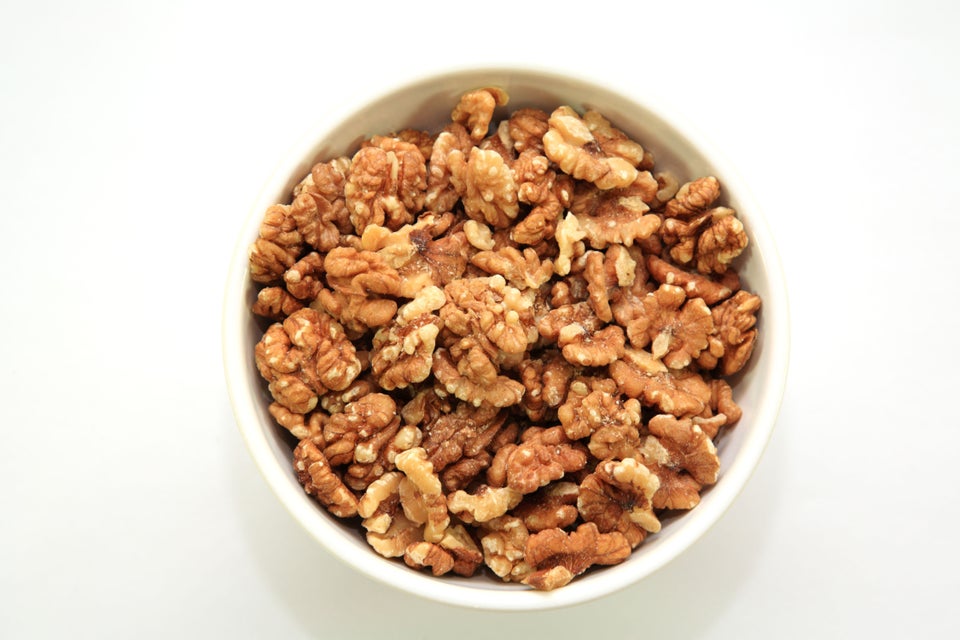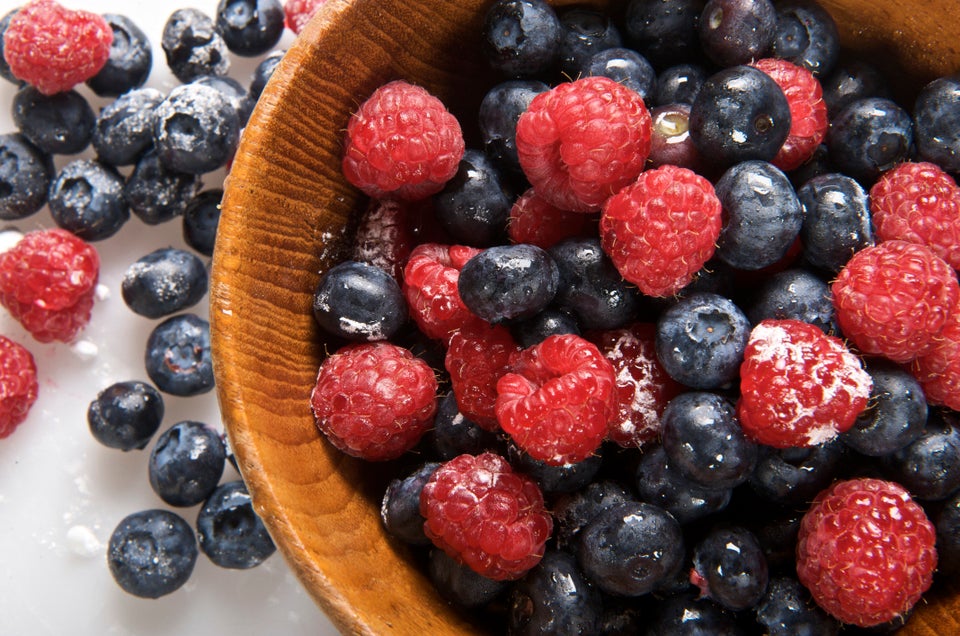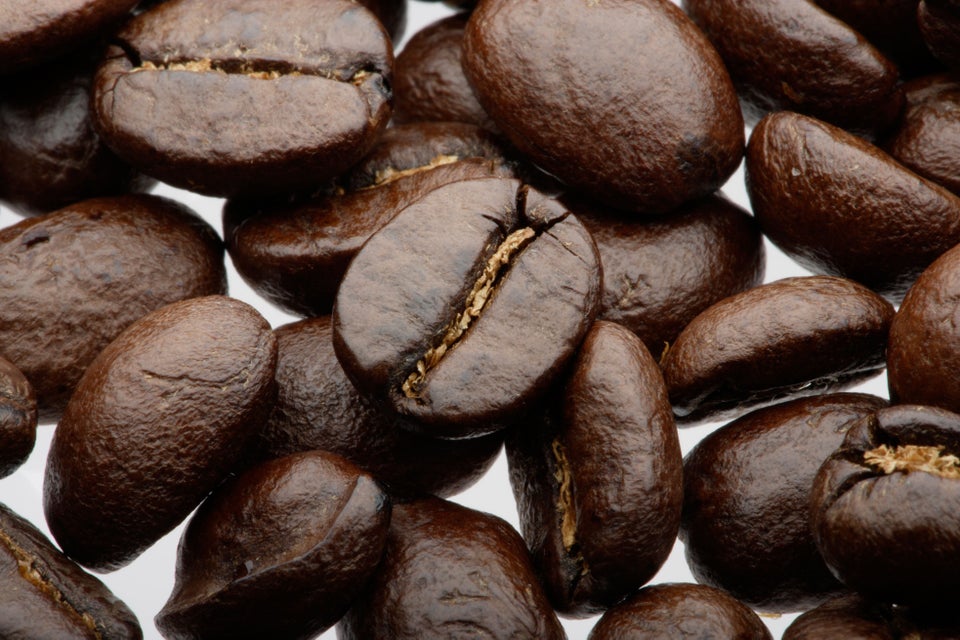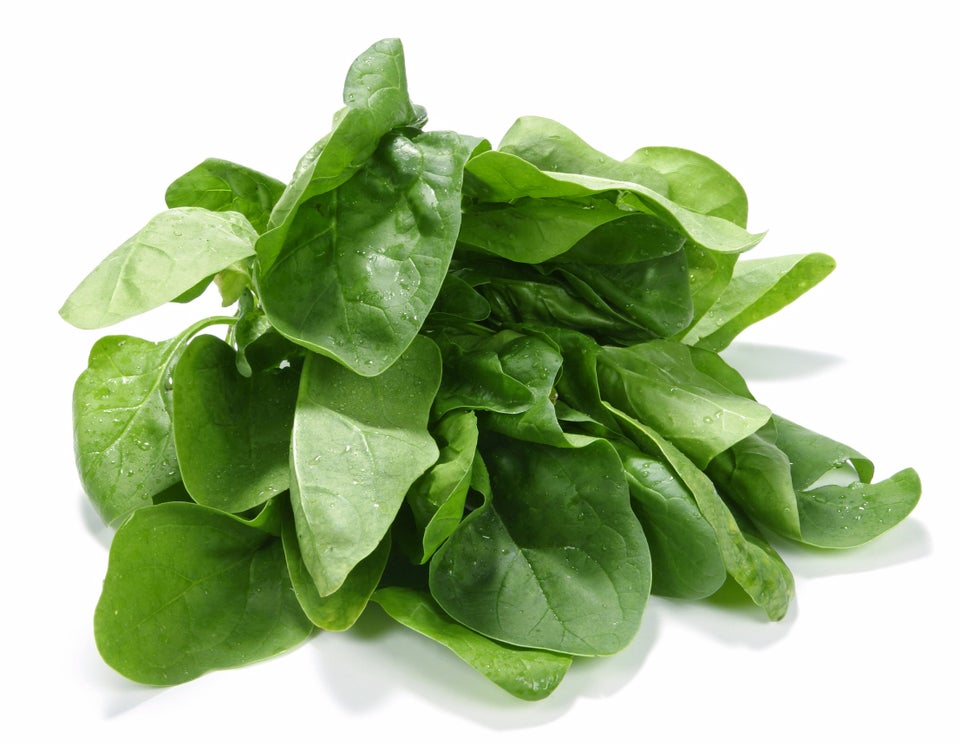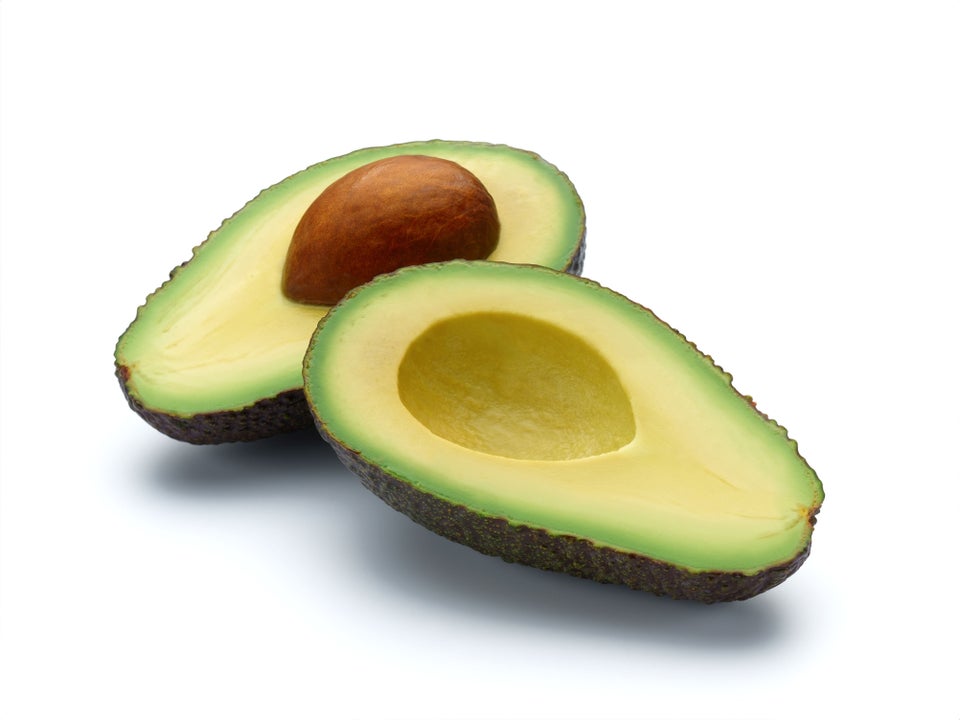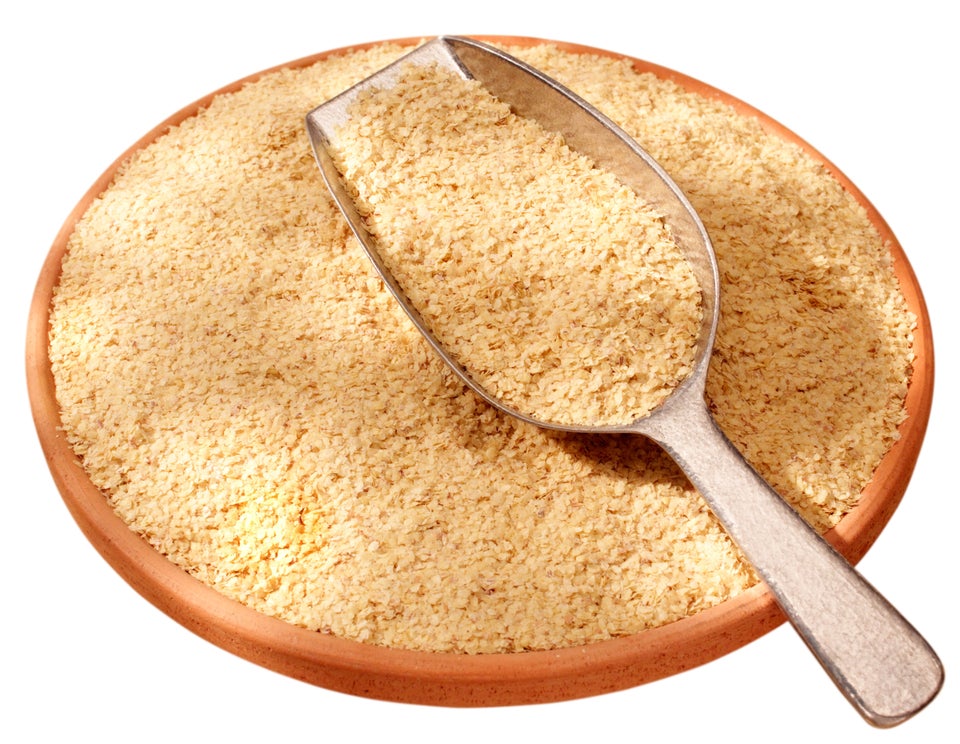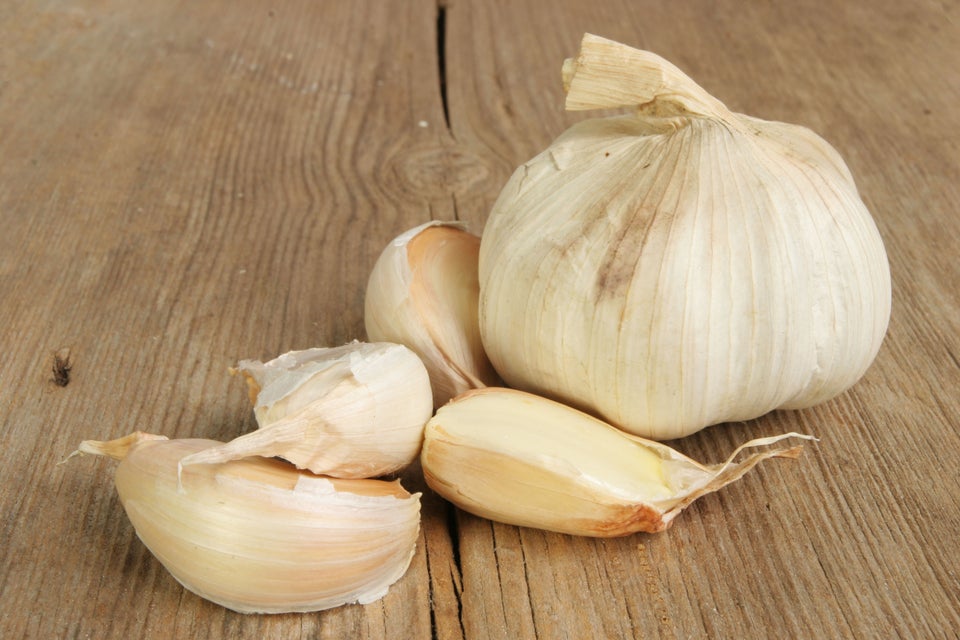
Read on if you suffer from a sensitive stomach. FODMAPs could be to blame.
by Carrie Havranek, for Rodale's Organic Life
If you’ve got a touchy stomach and pay attention to health news, you may have started to see the acronym FODMAP pop up lately. So what the heck does it mean and why should you care?
FODMAP is short for fermentable oligosaccharides, disaccharides, monosaccharides and polyols. How’s that for a mouthful? Basically, it’s a complex name for a collection of short-chain carbohydrates found in foods that give some people gastrointestinal trouble. What happens is that these FODMAPs are poorly absorbed by the small intestine and are rapidly fermented by bacteria in the gut, resulting in symptoms such as gas, bloating, constipation, and diarrhea. “There may also be secondary neurological symptoms, since there is a direct connection between the gut and the brain,” says Barry Sears, Ph.D., author of The Mediterranean Zone: Unleash the Power of the World’s Healthiest Diet for Superior Weight Loss, Health, and Longevity.
Related: Seven Foods For Good Gut Health
Jennifer Clemente, M.S., CNS, and nutritionist at the Kellman Center for Integrative and Functional Medicine in New York City, takes it a step further. “When FODMAP sensitivity occurs, symptoms can show in a wide variety of ways, including things that seem unrelated—like body aches, fatigue, weight gain or weight loss, lowered immunity, inflammation, brain fog, anxiety, and even depression,” she says.
What Kinds Of Foods Have FODMAPs?
Fructose: Fruits, honey, high fructose corn syrup
Lactose: Dairy
Fructans: Wheat, garlic, onion, artichokes, asparagus, leeks
Galactans: Beans, lentils, soy
Polyols: Sweeteners containing isomalt, mannitol, sorbitol, and xylitol, along with stone fruits such as avocados, apricots, cherries, nectarines, peaches and plums
Are You The Sensitive Type?
As with diagnosing many gut-health issues, it’s a little tricky. There is no one single test to determine the complete range of FODMAP sensitivity. “The best way to determine a FODMAP sensitivity requires a strict elimination of FODMAP sources for six weeks, followed by a challenge with purified gluten to rule out any possibility of gluten intolerance. If there is no difference after a gluten challenge, then FODMAP sensitivity is most likely the culprit,” says Sears.
At the Kellman Center, doctors also use a breath test for lactose and fructose, which measures hydrogen and methane output. “Results let us know whether there is an overgrowth of bacteria in the small intestine, known as SIBO (small intestine bacterial overgrowth),” says Clemente. SIBO and FODMAP sensitivity share many of the same gastrointestinal symptoms. “High FODMAP foods are a problem as they feed bacteria and exacerbate symptoms,” she says.
That being said, if you already deal with Irritable Bowel Syndrome (IBS) and know what your food triggers are, or that you’re lactose intolerant, you may indeed be FODMAP sensitive. But just because you test positive for lactose intolerance doesn’t necessarily mean that you’ll flare up after eating, say, lentils or stone fruits. “That’s what makes determining FODMAP sensitivity so difficult,” says Sears.
What’s To Blame?
Often, a range of issues can contribute to FODMAP sensitivity. “It’s usually a sign that something else is going on, like low thyroid function, SIBO, or chronic stress,” Clemente notes. Low stomach acid may trigger SIBO, which can be tied to FODMAPs, as previously mentioned. “High levels of stress can also affect the bacterial composition in the intestine causing imbalances and leaky gut,” she says.
Related: What Causes “Leaky Gut” Syndrome?
According to Sears, the top FODMAP offenders are unfermented dairy products, bread, onions, asparagus, artichokes, garlic, apples, pears and peaches. You also want to steer clear of things with high fructose corn syrup. What’s frustrating is that many of those foods on the aforementioned list are nutrient dense and healthy.
How To Deal
The goal with handling this particular gut health issue isn’t to eliminate FODMAPs from the diet altogether; these foods have much to offer us. As Sears puts it, “The dose makes the poison. If you are FODMAP sensitive, you just want to manage it, which is more practical than total avoidance.” Consider some alternatives—look for foods that are similar in taste and nutrient content but lower in FODMAPs. For example, eat Greek yogurt instead of ice cream. Opt for brie, feta, or mozzarella instead of cottage or ricotta cheese. If grains get to you, avoid items in which wheat, barley, or rye are the main ingredients, and seek out either gluten-free products or those made with oats, potato, quinoa, rice, or tapioca flours instead.
Another approach is to cook or ferment your foods. “I do find that cooking FODMAP foods for longer periods of time helps, and so does eating fermented versions, because they are partially broken down already,” says Clemente. She also suggests trying smaller amounts of foods—such as common triggers like onions and garlic—to determine what you can tolerate. “Or make and cook with infused oils so you get the flavor without the pain,” she says.
Thankfully, FODMAP sensitivity isn’t usually a life sentence. The key here is to reduce the inflammation of the gut, which you can do with a diet rich in omega-3 fatty acids, vitamin D, and polyphenols and low in omega-6 fats,” says Sears. “The more you reduce the inflammation of the gut, the higher amounts of FODMAP-containing foods you can consume without ill effects.”
This article was originally published on Rodale's Organic Life.
More from Rodale's Organic Life:
Also on HuffPost:
